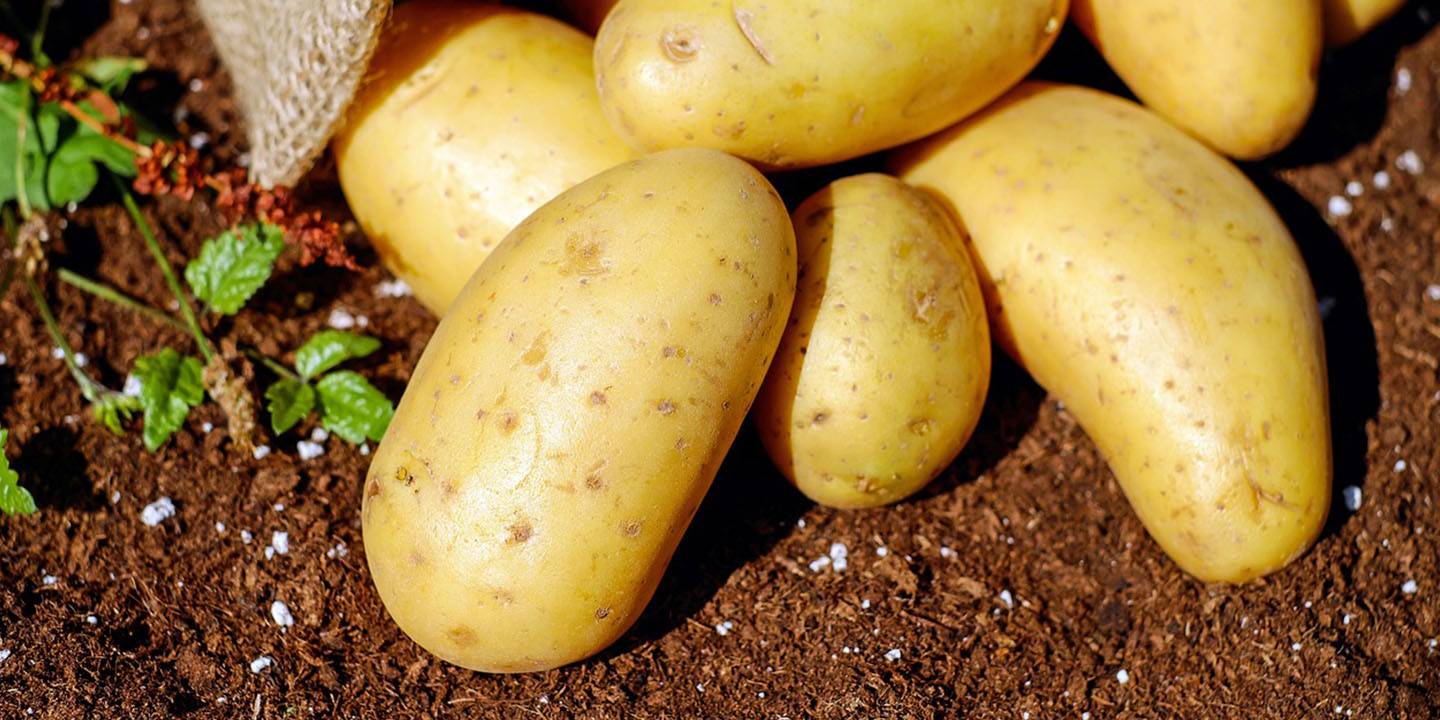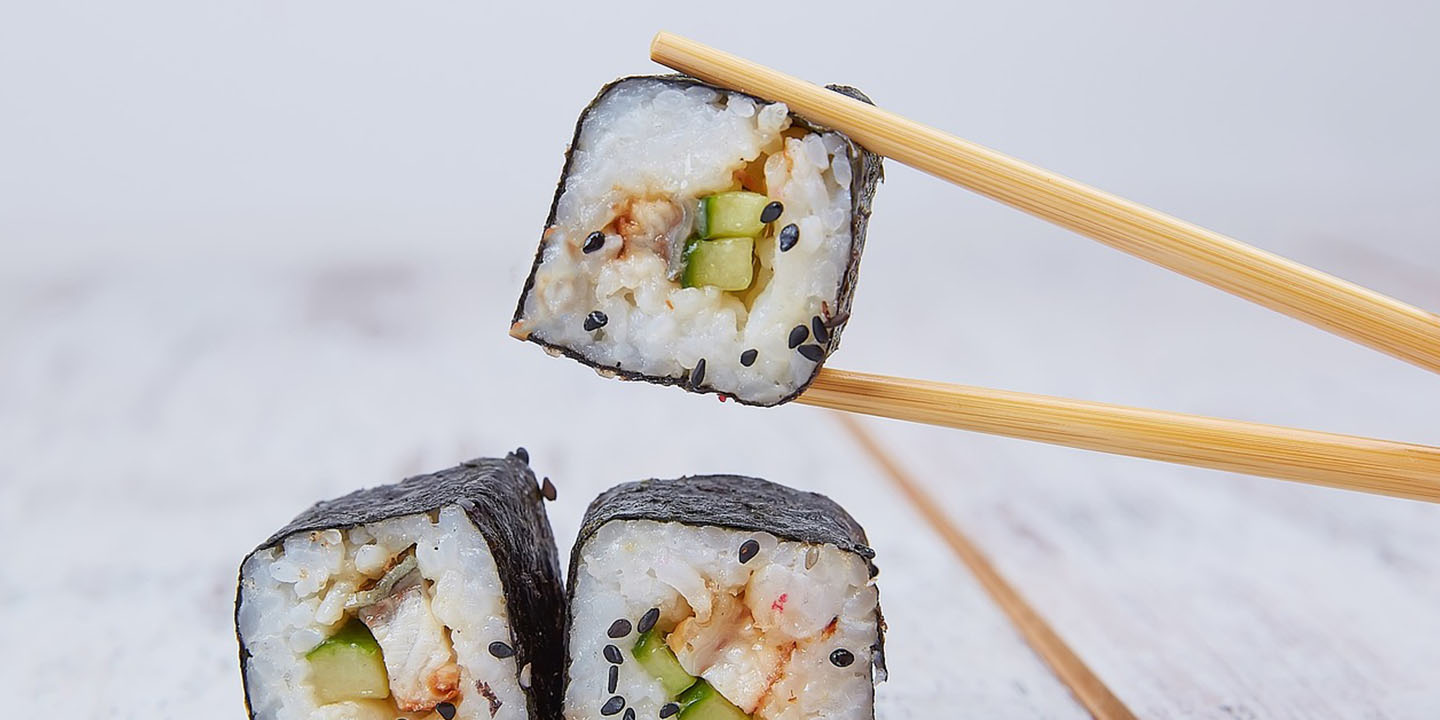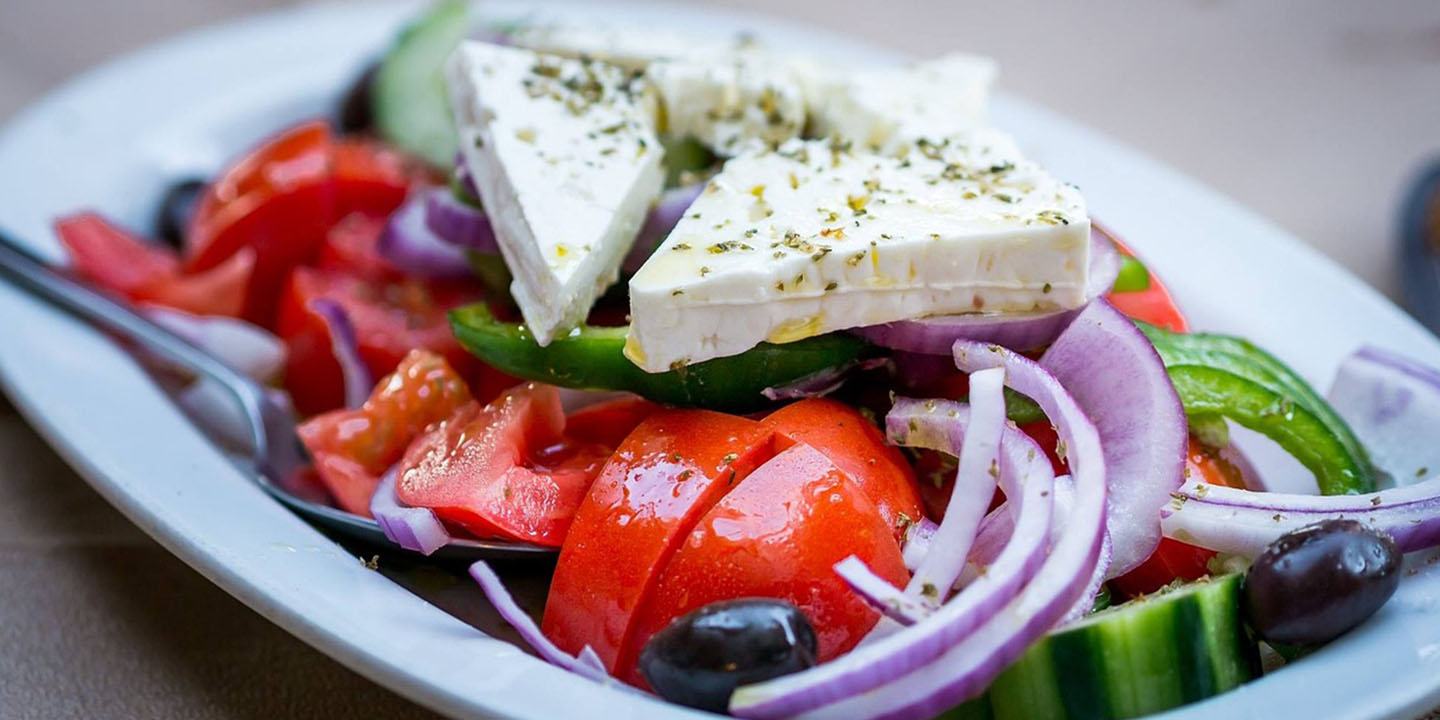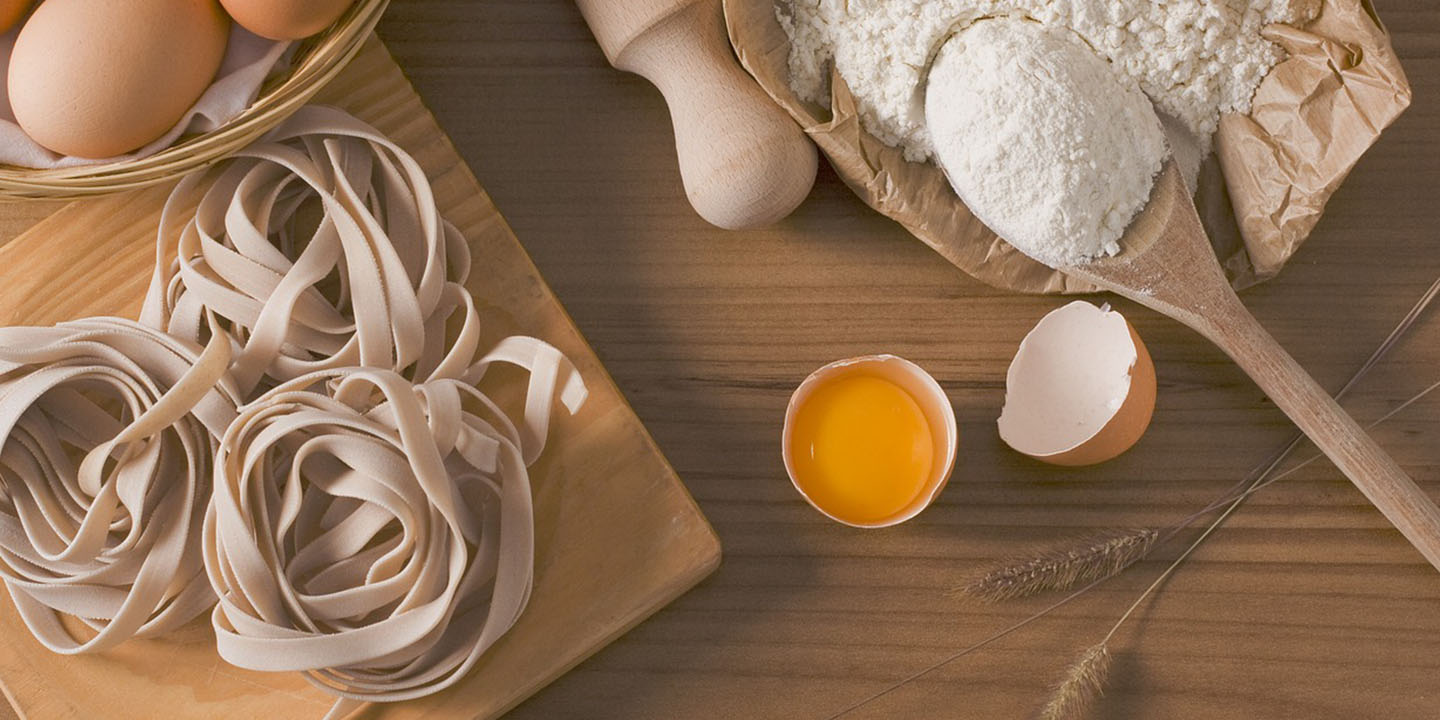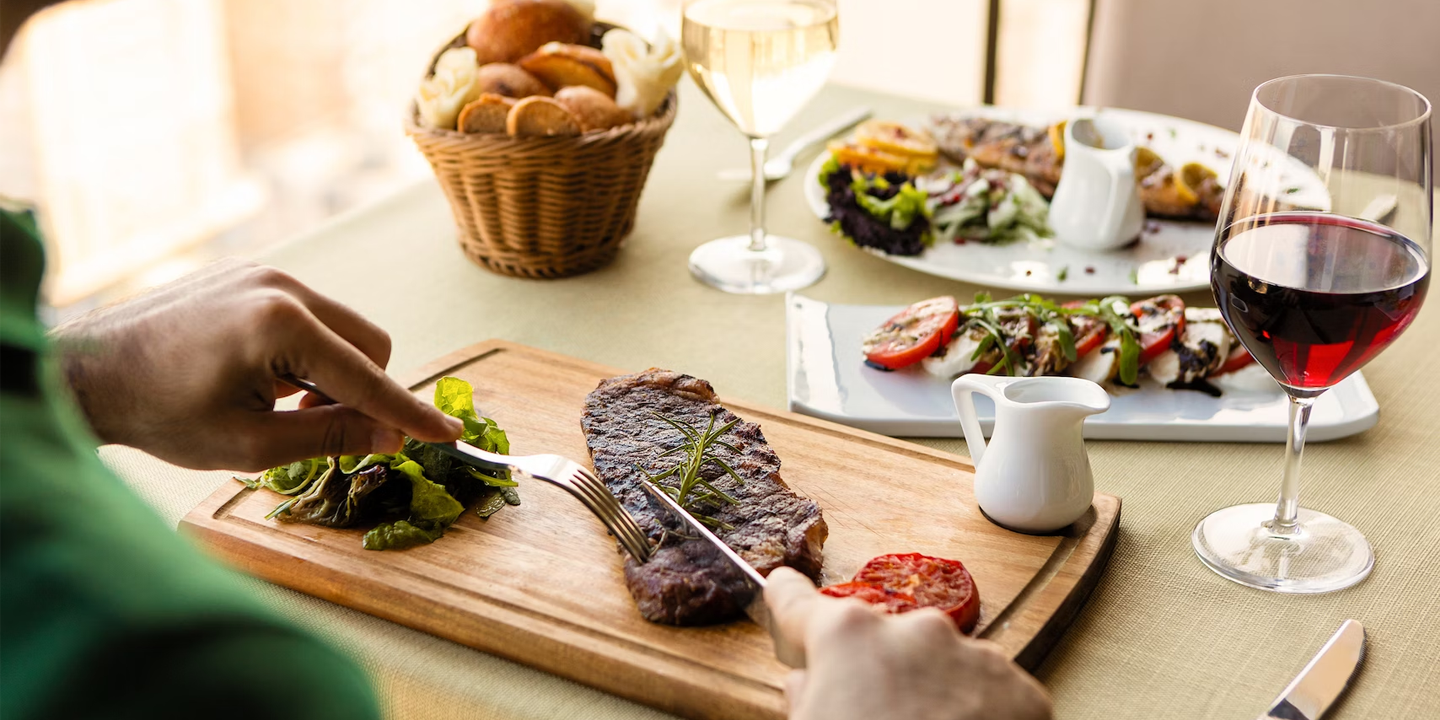Plant-Based Power
If you’ve ever stepped foot in a gym, you’ve likely seen the muscle-bound jock with his shaker cup full of whey. Protein is the building block of muscle, sure, but unless you’re vying to be the next Mr. Olympia, you can definitely meet your daily needs without having to resort to expensive supplements. Meat tends to hog the spotlight as a protein source, but plenty of other foods—plants, legumes, dairy, grains—carry more than enough to keep muscles and energy steady. Some of them are obvious, whereas others are hiding in plain sight. Here are twenty high-protein options, no meat required.
1. Lentils
These tiny round seeds are incredibly versatile. Toss them into a soup, or simmer with onions, cumin, and tomatoes until the pot smells like comfort. They cook faster than beans, which is handy when everyone’s hungry. Red, green, black—take your pick. A single cooked cup gives you around 18 grams of protein.
2. Chickpeas
They’re not just for hummus, though that’s reason enough to keep cans stocked in your cupboard. If you roast them until crispy, they become a crunchy substitute for chips during your Netflix binges. Each cup packs about 15 grams of protein.
3. Quinoa
Although technically a seed, quinoa is prepared and eaten like a grain. A single cooked cup offers 8 grams of protein, plus all nine essential amino acids—a rarity in plant-based nutrition. Cook it with vegetable broth instead of plain water, and suddenly it’s not just filler, it’s a hearty dinner.
 Shashi Chaturvedula on Unsplash
Shashi Chaturvedula on Unsplash
4. Black Beans
These beans are dense, earthy, and perfect for tacos. Black beans hold around 15 grams of protein per cup and can be prepared in a variety of dishes. Mash them for burgers, fold them into enchiladas, or pair with rice for the classic combo that’s the bedrock of entire cultures’ culinary traditions. They also freeze well, so making a big pot pays off.
5. Edamame
Technically an immature soybean, edamame is a little sweet and can be eaten directly out of the pod. A cup of shelled edamame has about 17 grams of protein. Sprinkle it with sea salt, maybe some chili flakes, and they very quickly become a go-to snack.
6. Greek Yogurt
Thick enough to stand a spoon upright, Greek yogurt contains around 10 grams of protein in a small container, although some brands sneak in 20 grams per cup. Indulging in a breakfast bowl complete with berries, honey, and granola feels like dessert.
 Tanaphong Toochinda on Unsplash
Tanaphong Toochinda on Unsplash
7. Cottage Cheese
Although this one can look a little unappetizing, its 14 grams of protein per half cup is a solid source. If you mix it with pineapple or other fruits, it takes on the flavor of the other ingredients. Cottage cheese had a reputation in the ’70s as a diet food, but it’s gradually making a comeback as a worthy breakfast staple.
 Photo By: Kaboompics.com on Pexels
Photo By: Kaboompics.com on Pexels
8. Tofu
This soy-based food is the blank canvas of the plant protein world. Firm blocks hold about 10 grams per half cup. Press it, marinate it, and fry until golden edges appear, and suddenly the bland cube is a meal you look forward to. Throw it into stir-fries, miso soup, or breakfast scrambles, and you’ll quickly realize that there isn’t much it doesn’t pair well with.
9. Tempeh
Another soybean-based food—although fermented—tempeh is denser than tofu and contains almost 20 grams of protein per cup. Slice thin and pan-fry with soy sauce and garlic, and it tastes shockingly close to smoky bacon. It’s a favorite in vegan BLTs for good reason.
10. Seitan
This is wheat gluten transformed into chewy, meaty pieces. It contains a whopping 21 grams per third cup, making it one of the highest-protein plant foods around. It’s been in Buddhist cooking for centuries, but only recently hit mainstream menus. Texture-wise, it fools meat lovers better than most substitutes.
11. Peas
Yes, peas. Those freezer bags people buy and forget, or use as an ice pack on an injured knee when they can’t find anything more suitable. One cooked cup has 8 grams of protein. Stir them into risotto, mash into minty pea dip, or toss straight into pasta primavera. They’re an unassuming food but surprisingly filling.
12. Almonds
A handful goes a long way, with 6 grams of protein per ounce. Nut butter counts too, of course, but watch out—you’ll be scraping the bottom of the jar faster than you expect.
13. Peanut Butter
This childhood favorite is still going strong. Two tablespoons give 7 grams of protein, plus a nostalgic comfort that’s impossible to quantify. It’s also endlessly adaptable and can be used in sauces for noodles, smoothies, or even stirred into chili for a little flavorful depth.
 Corleto Peanut butter on Unsplash
Corleto Peanut butter on Unsplash
14. Pumpkin Seeds
Also called pepitas, these tiny green seeds pack 9 grams per ounce. They’re ridiculously easy to incorporate into your existing meal plan. Simply sprinkle them on salads, in yogurt, or over soups. If roasted fresh from an actual pumpkin, your kitchen will smell like October.
15. Hemp Seeds
Three tablespoons offer 10 grams of protein, plus a subtle nutty taste that’s smooth and almost buttery. They disappear into smoothies, oatmeal, and even baked goods without overpowering the dish.
16. Chia Seeds
These diminutive seeds offer both fiber and omega-3s, roughly 5 grams per two tablespoons. When soaked, they turn into gelatinous little pearls that can be prepared into a pudding-like dish. Mixed into muffins or bread, they’re just crunchy specks of nutrition.
17. Oats
These hearty bowls are a classic morning staple, offering 6 grams of protein per cooked cup. If you stir in peanut butter, almond milk, and berries, your breakfast is practically a protein-packed dessert.
18. Seitan Jerky
This dish is worth mentioning apart from plain seitan. In jerky form, it’s travel-friendly, chewy, and satisfying, with a protein content that rivals that of beef jerky.
19. Spirulina
Yes, the green-blue powder that looks suspiciously like fish food contains 8 grams of protein per two tablespoons. Toss some into your morning smoothie, although be sure to add a banana or something equally sweet to mask the algae tang.
 Supliful - Supplements On Demand on Unsplash
Supliful - Supplements On Demand on Unsplash
20. Eggs
Although not plant-based, the humble egg is worth adding to our list. One egg contains 6 grams of protein. A versatile food, it can be hard-boiled for lunchboxes, poached on avocado toast, or scrambled with chives and chili flakes.
KEEP ON READING

The 5 Most Consumed Foods in the Entire World
